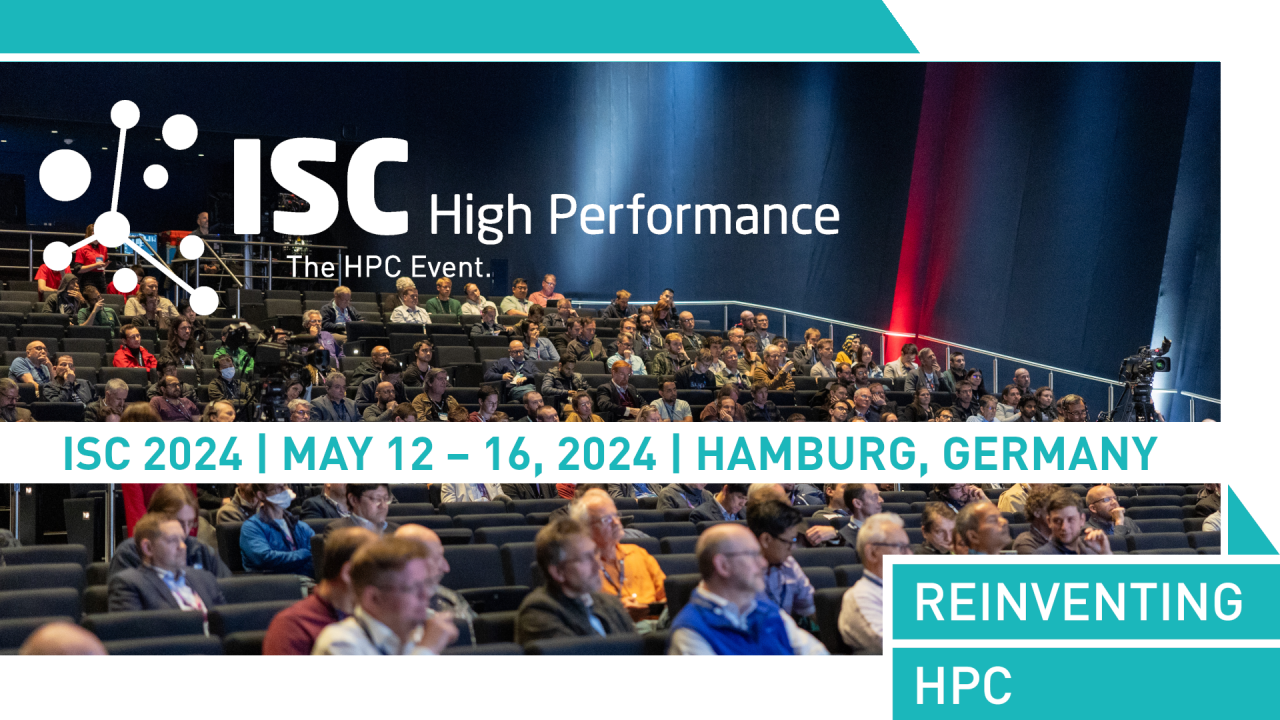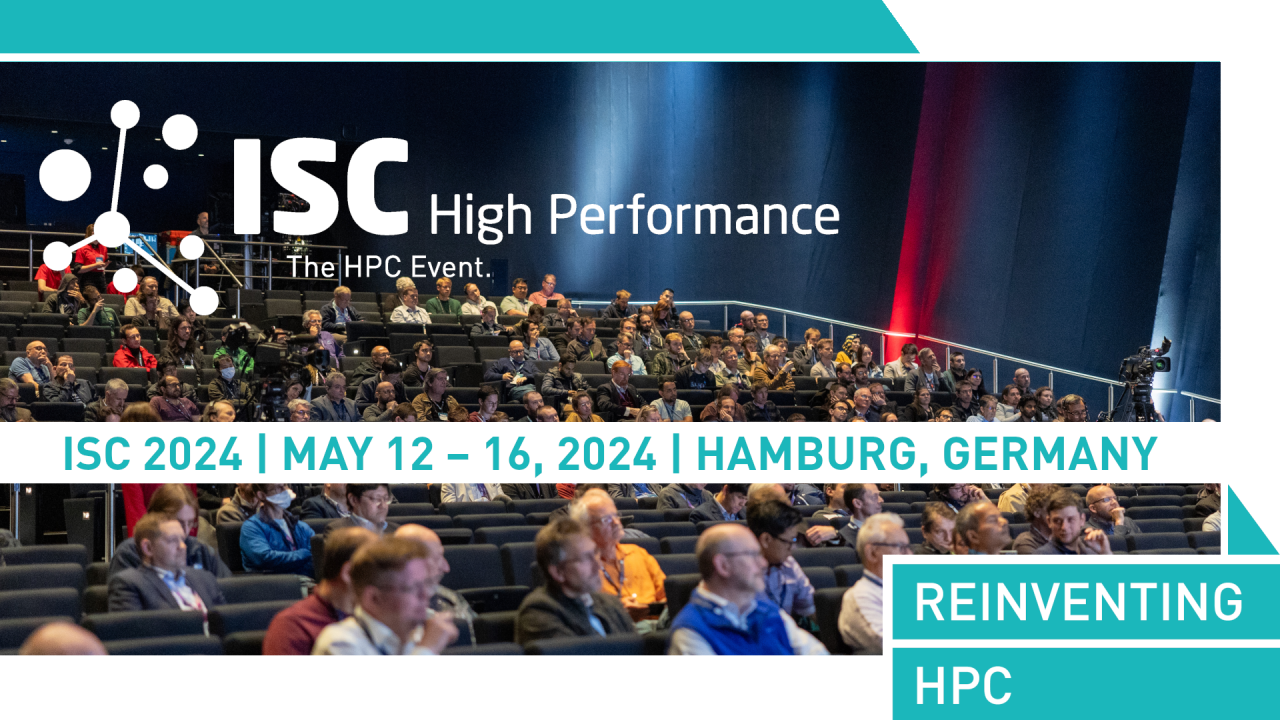

Performance Engineering for Linear Solvers
Sunday, May 12, 2024 2:00 PM to 6:00 PM · 4 hr. (Europe/Berlin)
Hall Y6 - 2nd floor
Tutorial
Mixed PrecisionNumerical LibrariesPerformance and Resource ModelingPerformance Measurement
Information
This tutorial covers code analysis, performance modeling, and optimization for linear solvers on CPU and GPU nodes. Performance Engineering is often taught using simple loops as instructive examples for performance models and how they can guide optimization; however, full, preconditioned linear solvers comprise multiple back-to-back loops enclosed in an iteration scheme that is executed until convergence is achieved. Consequently, the concept of “optimal performance” has to account for both hardware resource efficiency and iterative solver convergence. We convey a performance engineering process that is geared towards linear iterative solvers. After introducing basic notions of hardware organization and storage for dense and sparse data structures, we show how the Roofline performance model can be applied to such solvers in predictive and diagnostic ways and how it can be used to assess the hardware efficiency of a solver, covering important corner cases such as pure memory boundedness. Then we advance to the structure of preconditioned solvers, using the Conjugate Gradient Method (CG) algorithm as a leading example. Hotspots and bottlenecks of the complete solver are identified followed by the introduction of advanced performance optimization techniques like preconditioners and cache blocking.
Format
On-site
Targeted Audience
This tutorial is targeted at computational scientists who want to open their “solver black boxes” and gain deeper insight into the hardware performance and convergence properties of the solvers they employ.
Beginner Level
30%
Intermediate Level
70%
Prerequisites
Attendees should be able to handle an HPC system remotely and be familiar with basic parallelization and programming paradigms in HPC (OpenMP, CUDA). To do the hands-on exercises, attendees should bring a laptop computer with a current web browser. A stable Wi-Fi connection for presenters and attendees is required.
Speakers

Hartwig Anzt
ProfessorUniversity of Tennessee, Technical University of Munich
Christie Alappat
Research AssociateErlangen National High Performance Computing Center
Jonas Thies
ProfessorTechnical University of Delft
Georg Hager
Head of Training & Support DivisionErlangen National High Performance Computing CenterCA
Christie Alappat
IntelIntel Corporation